
Neuroscience and Technology
- Hidden Consciousness Detected in 25% of Unresponsive Patients Testedwww.sciencealert.com Hidden Consciousness Detected in 25% of Unresponsive Patients Tested
Up to one in four patients who are unresponsive after suffering serious brain injuries might actually still be conscious – indicating more patients may be aware of their surroundings than previously realized, new research suggests.
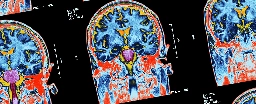
> Up to one in four patients who are unresponsive after suffering serious brain injuries might actually still be conscious – indicating more patients may be aware of their surroundings than previously realized, new research suggests.
> This state of 'hidden consciousness' is now officially known as cognitive motor dissociation (CMD), where cognitive (or thinking) abilities aren't connected to motor (or movement) abilities. Researchers have been looking into CMD for several years.
> However, 62 percent of an additional 112 patients who were visibly responding to instructions at the bedside didn't exhibit the expected brain signals showing responsiveness – so the researchers suggest their methods still don't detect everyone with cognitive function.
- Ambitious theories of consciousness are not "scientific misinformation"open.substack.com Ambitious theories of consciousness are not "scientific misinformation"
In defense of Integrated Information Theory
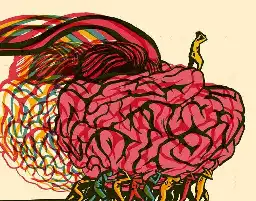
- Brain scans reveal the mystery of “hidden consciousness”www.freethink.com Brain scans reveal the mystery of “hidden consciousness”
Newly identified patterns of injury linked to “hidden consciousness” could lead to better outcomes for people in comas or vegetative states.
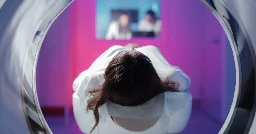
Pretty wild if you ask me. And hopefully we can learn more about locked in syndrome!
- The Bet on Consciousness (Chalmers - Koch)

YouTube Video
Click to view this content.
cross-posted from: https://lemmy.world/post/2633190
> From the video description: > > > Philosopher David Chalmers and neuroscientist Christof Koch made a bet in 1998 on a breakthrough in consciousness research within 25 years. Now the bet is settled – thanks to the journalist Per Snaprud, neuroscience editor at the Swedish popular science magazine Forskning & Framsteg. Here's a conversation that was held between the three at New York university on June 24:th 2023.
- A fun/accessible youtube channel about computational neuroscience 🧠www.youtube.com Artem Kirsanov
I'm a computational neuroscience student and researcher. On this channel we seek to understand the brain and do deep explorations of interesting topics & papers from neuroscience (and related fields)
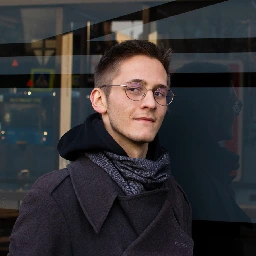
cross-posted from: https://lemmy.world/post/2037477
> I’m not sure how many people know about these videos but I think they’re pretty cool. I’ve been watching some of them and for anyone with a basic knowledge of neuroscience and math, they’re pretty interesting and accessible. > > The visuals are also amazing, a bit like the 3blue1brown videos. Just thought i’d share.
- Meditation Diminishes Bias Toward Negative Information - Neuroscience Newsneurosciencenews.com Meditation Diminishes Bias Toward Negative Information - Neuroscience News
A new study reveals that daily mindfulness meditation can help reduce individuals' tendency to avoid negative information.
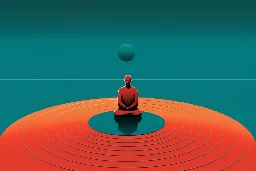
I've been meditating for a while now, and I can definitely say my negative bias seems to have decreased substantially. I also tend not to seek out materials that engage my fear/anger, so maybe that has something to do with it as well.
- International Community for Neurotech Enthusiasts
Hi. I've used this resource to keep up with advances in Neurotechnology. Check it out and let me know what you think.
- Virtual Reality, Real Griefslate.com The Uncanniness of Watching a Grieving Mother and Her Dead Daughter Meet in VR
A South Korean documentary raises questions about technology’s role in mourning.
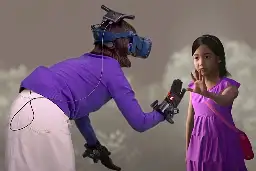
Shortly after the Covid-19 outbreak, our facility was locked down to the public. During this time one of our younger residents had passed away. I had spoken to her mother the week prior to her death. She was excited about the opportunity to visit her daughter, as there were talks about reopening the facility. She visited her daughter several times every week. She never got that opportunity.
I saw this story shortly thereafter, and it got me thinking not so much about visiting with those who had passed (although this thought has been on my mind for a very long time), but being able to create an as-immersive-as-possible solution to those who can not visit with their loved ones directly. VR is a start, but things like haptic feedback or the direct connection/communication between minds could maybe one day provide an experience that is close to the perception and emotions of a real life interaction. Thus avoiding terrible situations like the one I disclosed above.
- BMI helps people with locked in syndrome to communicate.

YouTube Video
Click to view this content.
Several years back, I had the opportunity of using the Emotiv Epoc+ BMI with an individual who had suffered a traumatic brain injury. She had not spoken for 20 years and using this device she was able to answer Yes/No questions from family members and navigate a YouTube playlist. Sadly, she passed away shortly thereafter, but she had provided me with an experience that I still consider the peak of my career. I am interested in hearing the experience of others in this area.
